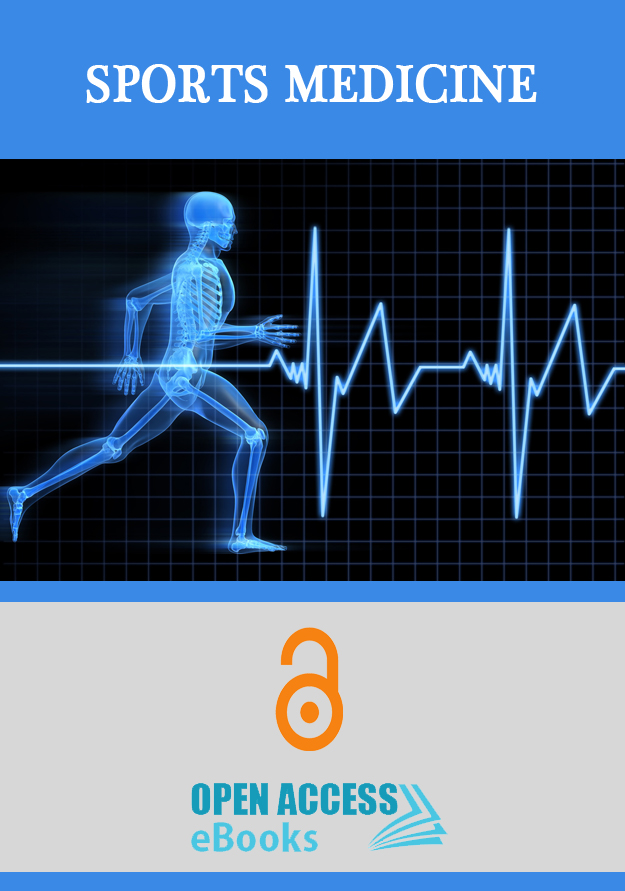Benefits of publishing with us:
Universal Access: eBooks published in Open Access eBooks gain international visibility. No region barriers and content is accessed by everyone across the world from our website. We also deposit published eBooks in different databases.
Freely Available: Open Access eBooks follows the principles of Open Access and the content is available to the readers without any cost. Readers can read, share, and store the published ebooks/book chapters.
Copyright with Authors: As an eBook publisher, we serve researchers in publishing their valuable work after the stringent review process. However, copyright lies with authors. We follow the CC-BY-NC-ND license (https://creativecommons.org/licenses/by-nc-nd/3.0/).
Different Formats: We provide eBooks in PDF and HTML formats. Both formats are user friendly and can act as per the user requirements. We put our efforts to provide other formats in future.
For more information, contact info@openaccessebooks.com
List of Chapters
Εxercise as Complementary Therapy for Cancer Patients during and after Treatment
Author(s): Anastassios Philippou; Argyro Papadopetraki; Maria Maridaki; Michael Koutsilieris*
Cancer is a disease in which cells in a certain part of the body grow uncontrollably, i.e. a major hallmark of cancer is the rapid proliferation of abnormal cells beyond their normal local region, which then can penetrate adjacent areas of the body and spread to other organs. The latter process is known as “metastasis” and is the leading cause of cancer death, as cancer cells invade and destroy nearby healthy tissues and organs. Cancer is the second leading cause of death worldwide, with an estimated 18.1 million new cancers and 9.6 million deaths from cancer in 2018. It is noteworthy that about one-third of cancer deaths are due to the five main behavioral and dietary risk factors, i.e. lack of physical activity, low consumption of fruits and vegetables, high body mass index (BMI), and tobacco and alcohol use. Since cancer remains a major public health issue worldwide, it is imperative to understand how modifiable behavioral health factors, such as physical activity, can help prevent and control this disease in the general population.
Physical Activity: A Natural Allies to Prevent Impending Adverse Effects due to the Increase of Isolation and Physical Inactivity in COVID-19 era
Author(s): Dimitrios I Bourdas*; Emmanouil D Zacharakis
The COVID-19 pandemic created an unprecedented situation for most of humanity, affecting almost all areas of life. Physical activity (PA) was no exception, and relevant studies conducted in many different countries reported alarming results demonstrating the deleterious impact of lockdown on PA. It seems that the benefits of PA in building a defense against the virus and the development of non-communicable diseases (NCDs) have been ignored or underestimated by the community, and the prevalence of physical inactivity has been posing several major challenges to health authorities.
Effects of Football Training on School Children Evaluated Through Quantitative Muscle Ultrasound
Author(s): Juan Carlos Giraldo Garcia*; Elena Hernandez-Hernandez
The aim of this study was to evaluate the effect of specific training on vertical jump and ultrasound measures of the quadriceps in school children. To this end, 37 children (8.2±0.9 years), who practised football regularly, were evaluated. The sample was divided into 3 age groups. A muscle ultrasound of the right quadriceps was performed, and the thickness and eco-intensity of the rectus femoris and vast intermediate were measured, as well as the pennation angle of the rectus femoris. Anthropometric parameters were recorded (weight, height, BMI and fat percentage).
Physical Activity in Diabetes
Author(s): Anna Novials*; Carlos Castano; Laura Brugnara
Physical activity is one of the cornerstones for the prevention and treatment of many noncommunicable diseases (NCDs), according to the World Health Organization. Diabetes is one the main NCDs, besides official Organizations and Scientific Associations states the importance of physical activity for all the groups of people with diabetes. Diabetes mellitus (DM) is a very prevalent disease, numbering 463 million people in worldwide in 2019 and projected increase to 700 million in 2045, according to the International Diabetes Federation. DM is classified in different groups, specially according to the etiology. Type 2 diabetes (T2D) is the most prevalent, reporting about 90% of the diabetes.
